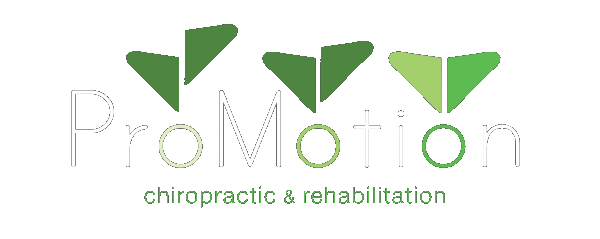I found a couple studies that I wanted to share with you. I often discuss the brains role in pain processing and changes that occur in the brain as a result of pain. The psychological effect pain has on us is immense and is just starting to be recognized and understood. Here are the studies that, I think, help shed some light on how we, as health care providers and manual therapists, can help our patients.
Bunzli, S., Smith, A., Schutze, R., Lind, I., & O’Sullivan, P. (2017). Making sense of low back pain and pain related fear. Journal of Orthopaedic & Sports Physical Therapy.
This narrative (not a study per se) is especially interesting to me because I deal with it all the time. The authors conclude that the Common Sense Model (CSM) can be used to cope with “fear-avoidance behaviors”. In the “Fear Avoidance Model”, patients foresee extremely negative outcomes of their pain and so they avoid any and all activity that might exacerbate the pain, which leads to disuse atrophy, depression and chronic pain. By using the CSM patients can 1.) identify the pain, 2.) know what causes the pain, 3.) understand the consequences of the pain, 4.) learn how to control it, and 5.) know how long it will last. With this knowledge the patient is able to better cope with and treat their pain.
Kregel, J., Coppieters, I., De Pauw, R., Malfliet, A., Danneels, L., Nijs, J. & Meeus, M. (2017) Does Conservative Treatment Change the Brain in Patients with Chronic Musculoskeletal Pain? ASystematic Review. Pain Physician, 20(3), 139-154
This study reviewed 9 different studies which used MRI to determine if functional and/or structural changes occurred in the brain of patients suffering with chronic musculoskeletal pain after a course of conservative care. They found that conservative care seemed to produce both functional and structural changes in the brain and also that these changes were associated with positive clinical outcomes (decreased pain, increased function).

